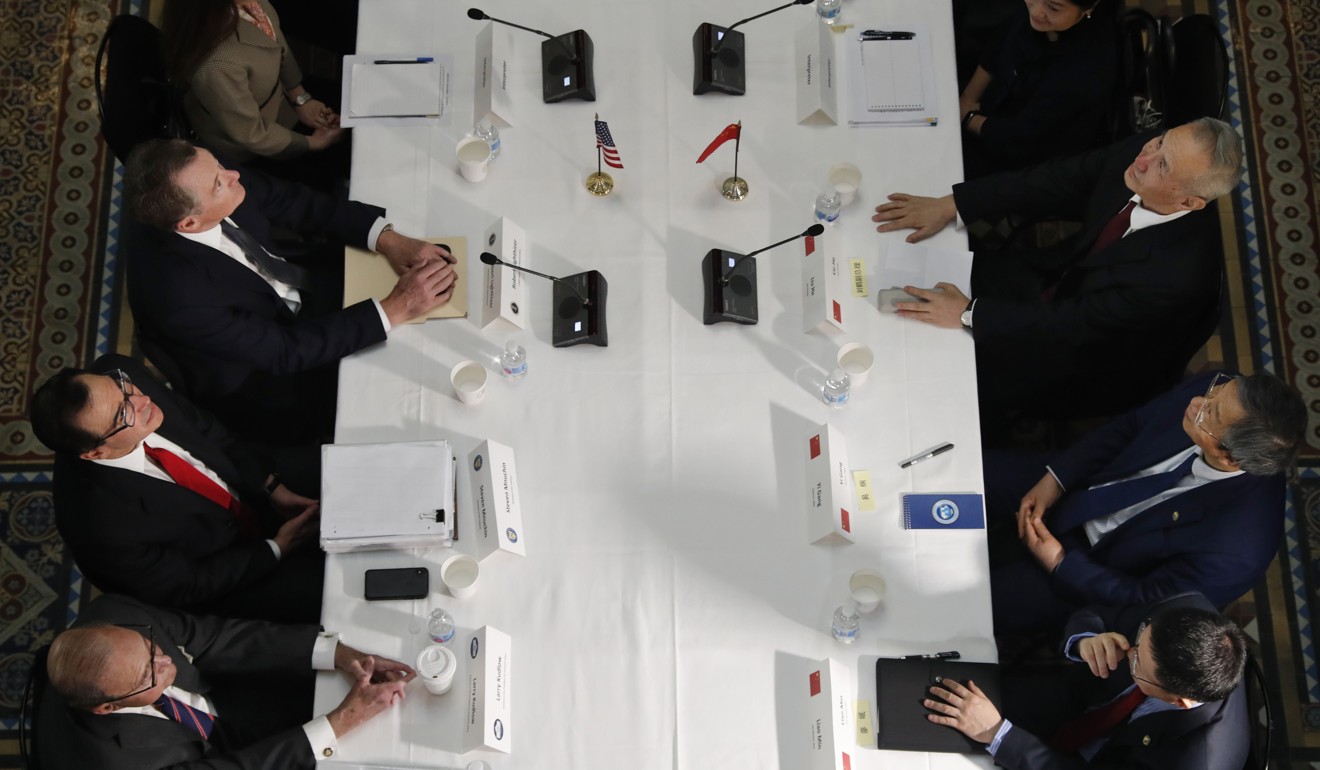
Capitalism with US and Chinese characteristics can peacefully coexist – if we give up on ‘hyper-globalism’
- The idea that countries must fully open their economies to foreign companies, regardless of the consequences for their own growth strategies or societies, is flawed. The US and China should give each other greater policy space
The term “peaceful coexistence” evokes the cold war between the US and the Soviet Union. Soviet leader Nikita Khrushchev understood that the communist doctrine of eternal conflict between socialist and capitalist systems had outlived its usefulness. The US and other Western countries would not be ripe for communist revolutions any time soon, and they were unlikely to dislodge the communist regimes in the Soviet bloc.
Peaceful coexistence during the cold war was successful in preventing direct military conflict between two superpowers armed to the hilt with nuclear weapons. Similarly, peaceful economic coexistence between the US and China is the only way to prevent costly trade wars between the world’s two economic giants.
Today’s China-US impasse is rooted in the faulty economic paradigm I have called “hyper-globalism”, under which countries must open their economies to foreign companies maximally, regardless of the consequences for their growth strategies or social models.
This requires that the domestic rules governing markets converge considerably. Without such convergence, national regulations and standards will appear to impede market access.

Peaceful coexistence would require that the US and China allow each other greater policy space, with international economic integration yielding priority to domestic economic and social objectives in both countries, and in others.
International agreements and trade partners cannot reliably discriminate between these two cases. Even if they could, it is not clear they can provide the adequate remedy (enable compensation, for example) or avoid additional political problems (capture by other special interests, such as big banks or multinational firms).

Those who worry about the slippery slope of protectionism should take heart from the experience under the General Agreement on Tariffs and Trade before the establishment of the World Trade Organisation. Under the GATT regime, countries had much greater freedom to pursue their own economic strategies. Trade rules were both weaker and less encompassing.
Yet world trade expanded, relative to global output, at a more rapid clip in the 3½ decades after the second world war than it has under the post-1990 hyper-globalist regime. Similarly, one could argue that, thanks to its unorthodox growth policies, China today is a larger market for foreign exporters and investors than if it had stuck to WTO-compliant policies.
This has not happened, and there is no good reason to expect that it will or should. A mistake cannot be fixed by compounding it. A global trade regime that cannot accommodate the world’s largest trading economy – China – is a regime in urgent need of repair.
Dani Rodrik, professor of international political economy at Harvard University’s John F. Kennedy School of Government, is the author of Straight Talk on Trade: Ideas for a Sane World Economy. Copyright: Project Syndicate

